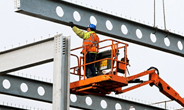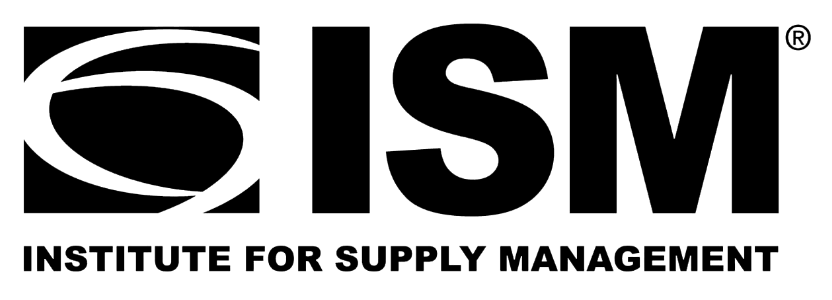Economy

Housing starts decline in December even as interest rates fall
Written by David Schollaert
January 23, 2024
US housing starts moved lower in December, even as single-family production topped the million mark for the second straight month, according to the most recent data from the US Census Bureau.
Total privately owned housing starts were at a seasonally adjusted annual rate (SAAR) of 1.46 million in December, 4.3% below the revised November estimate of 1.525 million, Census said on Jan. 18. This was, however, 7.6% above the December 2022 rate of 1.357 million starts.
Single‐family housing starts saw an 11.2% month-over-month (m/m) decline in December to 1.027 million vs. the revised November figure of 1.124 million.
Regionally, starts were down across the board m/m. The Northeast and West saw the sharpest declines, down 20.1% and 11.6%, respectively. They were followed by a decline of 10.7% in the Midwest and 5.5% in the South.
Meanwhile, the total number of privately owned housing units authorized by building permits in December stood at a SAAR of 1.495 million, 1.9% more than the revised November rate of 1.467 million but 6.1% higher than the December 2022 rate of 1.409 million.
“Mortgage rates steadily fell below 7% in December, and lower rates combined with a lack of existing inventory in most markets helped to keep single-family production above a one million-unit annual pace,” Alicia Huey, chairman of the National Association of Home Builders (NAHB), said in a statement.


David Schollaert
Read more from David SchollaertLatest in Economy

New York state manufacturing index drops again in April
Firms were pessimistic, with the future general business conditions index falling to its second lowest reading in the more than 20-year history of the survey

Construction adds 13,000 jobs in March
The construction sector added 13,000 jobs, seasonally adjusted, in March, but tariffs could undermine the industry.

Supply chains, end-users brace for impact from tariffs
Supply chains are working through what the tariffs mean for them

ISM: Manufacturing expansion loses steam after two months of growth
US manufacturing activity slowed in March after two straight months of expansion, according to supply executives contributing to the Institute for Supply Management (ISM)’s latest report.

Chicago Business Barometer rose to 16-month high in March
The Chicago Business Barometer increased for the third-consecutive month in March. Despite this, it still reflects contracting business conditions, as it has since December 2023.
